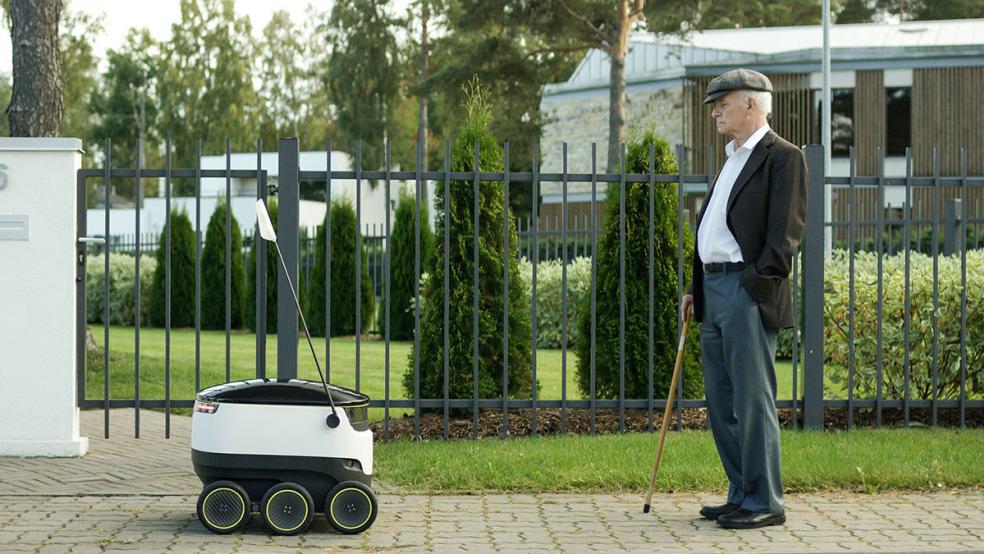Since Amazon announced its audacious plan to use unmanned aerial vehicles (UAVs) to deliver packages last year, all the chatter about the “last mile” of getting goods from product hubs to consumers has revolved around drones.
As e-commerce sales continue to rise, putting pressure on delivery capacity, business is understandably excited by the prospect of a solution that could cut costs.
Related: The Robot Revolution Could Wipe Out 5.1 Million Jobs by 2020
But because of all the questions and regulatory hurdles surrounding the Blade Runner image of a sky crowded with aerial vehicles, it may be some time before Amazon Prime Air and similar proposals from startup competitors to DHL, FedEx and UPS are airborne – at least in U.S. skies.
The Federal Aviation Administration’s just-released rules governing the use of drones don’t provide much encouragement. Drones must still be in the line of sight of those operating them. One easing of restrictions was that drone can now be operated beyond daylight hours into twilight if they have lights, according to PCWorld.
Now, research firm CB Insights says there are tortoises challenging those flying hares in the delivery race: sidewalk robots.
Dispatch and Marble are two companies that want to use fleets of autonomous robots to make ground deliveries using sidewalks or bike paths, CB Insights says, adding that Dispatch has already built pilot programs on the campuses of two California colleges. CB says the Dispatch bot, called “Carry,” can transport packages weighing up to 100 pounds.
Related: Game of Drones: The Air Force Ramps Up Video Game Warfare
And the website Digital Trends says Estonia-based Starship Technologies, a startup from the team that brought us Skype, is also working on sidewalk delivery bots, which have the advantage of being able to transport significantly heavier loads than UAVs.
That doesn’t mean worker drones won’t be operational in the near future, however. The drone startup Matternet has already conducted tests in which it delivered medicine and supplies to remote areas of Haiti. And it has done a pilot program with the postal service in Switzerland.





